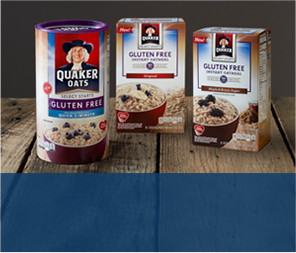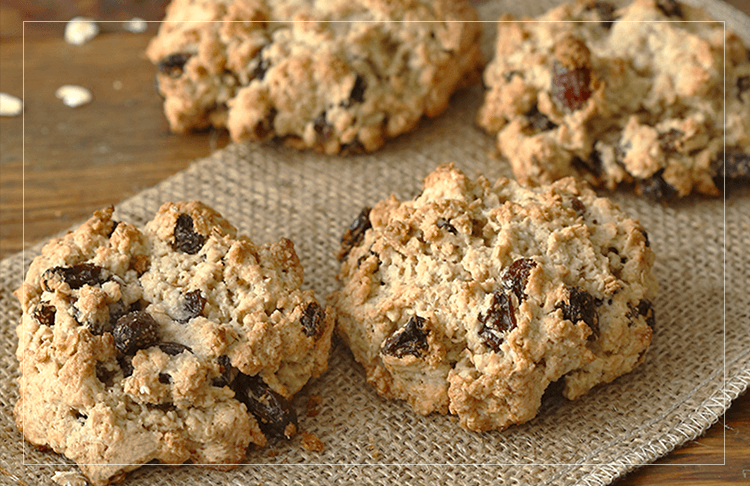Reduce Your Risk of Stroke
A stroke is a very serious and often life-threatening occurrence. It is therefore important that people educate themselves about the risk factors associated with stroke in order to minimize their chances of having one.
Controllable Risk Factors
There are many risk factors that increase a person’s likelihood of having a stroke. Many of these risk factors can be controlled through medication or lifestyle changes. The controllable risk factors for stroke include:
- High blood pressure. High blood pressure, or hypertension, is the most important risk factor for stroke. Your blood pressure is considered to be high if it is 140 (systolic) and/or over 90 (diastolic). You should have your blood pressure checked regularly, especially if there is a history of hypertension in your family. If you have high blood pressure, you can usually lower your blood pressure by achieving and maintaining a healthy weight, eating healthier and exercising. You should also take any medications prescribed by your physician to help control high blood pressure.
- Cigarette smoking. Cigarette smoking is a major, preventable risk factor for stroke. It has been associated with a buildup of fatty substances in the carotid artery, which is the main artery that supplies blood to the brain. The nicotine found in cigarettes elevates your blood pressure. Smoking also causes your blood to become thicker, increasing the potential for the formation of clots. The bottom line — if you smoke, you should quit. Your family physician can help you find a smoking cessation program that is best for you.
- Diabetes. People who have diabetes are at a higher risk of stroke. Many people with diabetes also have other health conditions that are risk factors for stroke, including high blood pressure, high blood cholesterol, and obesity. If you have been diagnosed with diabetes, you should work with your physician to develop an eating and exercise plan that will help you manage your diabetes.
- Obesity and physical inactivity. If you are obese, physically inactive, or both, you are at a much higher risk of developing several serious health conditions, such as high blood pressure, diabetes, and heart disease. Each of these diseases is a risk factor for having a stroke. If you need to lose weight, you should eat a healthy diet, comprised of fresh fruits and vegetables, low-fat dairy products, whole grain foods, such as breads and oatmeal, and lean cuts of poultry and fish. You should also focus on becoming more active. Take the stairs instead of the elevator or ride your bicycle to run errands, for example. Try to be physically active for at least 30 minutes several days of the week. Be sure to consult your physician before starting any exercise program.
- High blood cholesterol. Having a high level of total cholesterol in the blood (200 mg/dL or higher) is a major risk factor for developing heart disease, which increases your risk of stroke. You may be able to improve your cholesterol numbers by changing your eating habits to eliminate sources of saturated fat, such as fatty red meats and full-fat dairy products and including more fresh fruits and vegetables, whole grain products, such as pasta and oatmeal, and low-fat dairy products. Exercise also plays an important role in managing your cholesterol, and can help you lose weight.
- Atrial fibrillation. Atrial fibrillation is a condition where the two small upper chambers in the heart, the atria, quiver rather than beating effectively. When this happens, blood isn’t completely pumped out of them, so it may pool and clot. If a blood clot escapes the atria and becomes lodged in the brain, a stroke results. According to the American Heart Association, about 15% of strokes occur in people who have atrial fibrillation. There are medications available that can help slow down the rapid heart rate often associated with artrial fibrillation, as well as electrical cardioversion, which helps to restore the normal heart rhythm by means of an electric shock.
Uncontrollable Risk Factors
While many risk factors for stroke can be controlled by means of medications and lifestyle changes, there are also a number of risk factors for stroke that cannot be controlled or modified, according to the American Stroke Association. These risk factors include:
- Age. The risk of stroke increases as people age, doubling every ten years after the age of 55, according to the American Heart Association. The likelihood of death following a stroke also increases with age.
- Gender. Generally, men and women both have the same number of strokes, but women tend to be older when they have their first stroke, and are more likely to die as a result. Men under the age of 65 have approximately a 20% higher risk of having a stroke.
- Race. African-Americans have a 60% higher chance of having a stroke, experience greater physical disability after the stroke, and are nearly twice as likely to die following a stroke than any other group in the United States.
- Family history. A person’s risk for stroke may increase if a first-degree relative, such as a parent or grandparent, or other maternal relative has had a stroke. Inherited defects related to the blood clotting mechanism or metabolism may also increase the risk of stroke.
- Previous stroke or TIA. Among people who have had an ischemic stroke, at least 10% will have another stroke within a year. TIA (Transient Ischemic Attacks) is a “warning” or "mini-stroke” that causes stroke-like symptoms but no permanent damage. Of the people who have had one or more TIAs, more than one-third will later have a stroke, according to the American Stroke Association. Recognizing and seeking treatment for TIAs can help reduce your risk of having a major stroke.
While there are some risk factors that cannot be modified, there are many others that can. If you are at risk for having a stroke, you may be able to avoid one by making some positive changes to your lifestyle habits and taking medication.






